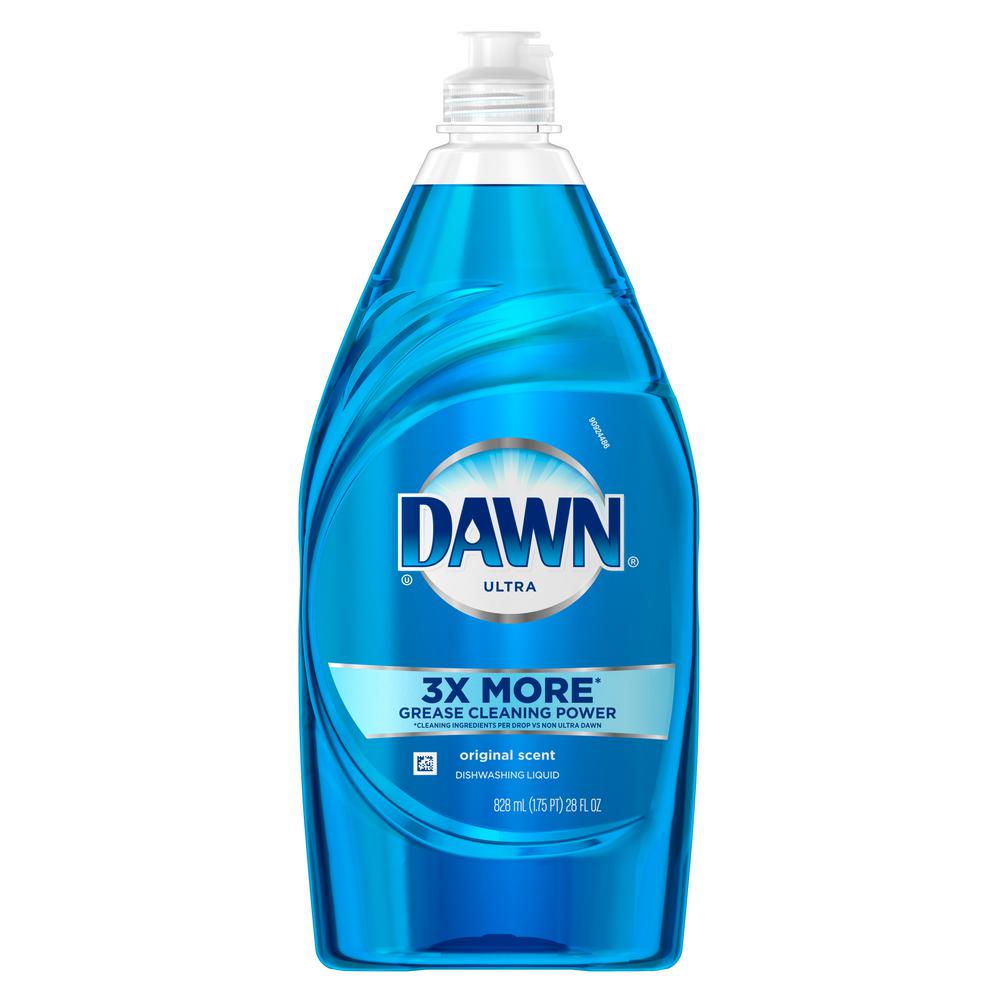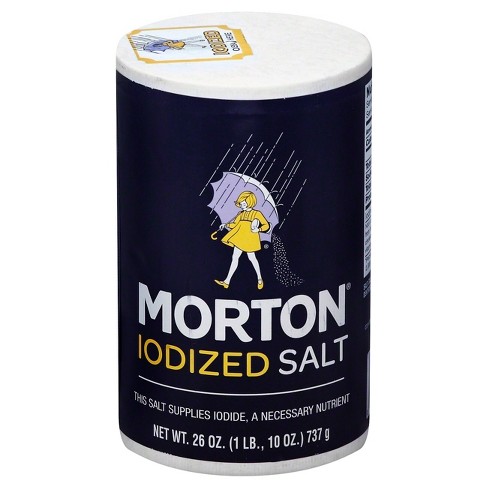Things you can try at home to unclog drains:
Plunger: Of course the first thing we would try is a plunger to unclog a drain but if that don't work you can try these other methods before calling a plumber.
A wire hanger can be extended and bend a hook at the one end of the hanger to fish out anything that may be clogging the drain.
Boiling water and dish soap: Boil about 2 liters of water and 2 table spoons of dish soap and slowly pour it into kitchen sink drain. This may take a few times but will turn grease into a liquid form to help grease travel out of the drain and clear. You may want to do this on a regular basis as a precaution to keep the drain clear of grease.
Baking soda and Salt: About a 1/2 cup each mix together and let sit a hour or more then add boiling hot water.
Baking Soda and Vinegar: Pour 1/2 cup of baking soda and 1/2 cup of vinegar into drain wait about 1 hour then add boiling hot water. This should clear the line.
Salt, Borax and Vinegar: Take 1/4 cup salt and 1/4 cup borax and 1/2 vinegar and boiling water let sit for one hour or more until line clears.
Remember the longer you let a mixture sit the better it will work. Also keep in mind it may need to be done a few times to get results. If possible overnight would be ideal then pour boiling water in the morning.



If this dose not work for you we are here to help. Call Smart Plumbers and Rooters at 408 247-2400 to schedule a appointment for one of our professional plumbers to take care of all your plumbing needs.
Plunger: Of course the first thing we would try is a plunger to unclog a drain but if that don't work you can try these other methods before calling a plumber.
A wire hanger can be extended and bend a hook at the one end of the hanger to fish out anything that may be clogging the drain.
Boiling water and dish soap: Boil about 2 liters of water and 2 table spoons of dish soap and slowly pour it into kitchen sink drain. This may take a few times but will turn grease into a liquid form to help grease travel out of the drain and clear. You may want to do this on a regular basis as a precaution to keep the drain clear of grease.
Baking soda and Salt: About a 1/2 cup each mix together and let sit a hour or more then add boiling hot water.
Baking Soda and Vinegar: Pour 1/2 cup of baking soda and 1/2 cup of vinegar into drain wait about 1 hour then add boiling hot water. This should clear the line.
Salt, Borax and Vinegar: Take 1/4 cup salt and 1/4 cup borax and 1/2 vinegar and boiling water let sit for one hour or more until line clears.
Remember the longer you let a mixture sit the better it will work. Also keep in mind it may need to be done a few times to get results. If possible overnight would be ideal then pour boiling water in the morning.



If this dose not work for you we are here to help. Call Smart Plumbers and Rooters at 408 247-2400 to schedule a appointment for one of our professional plumbers to take care of all your plumbing needs.

Comments
Post a Comment